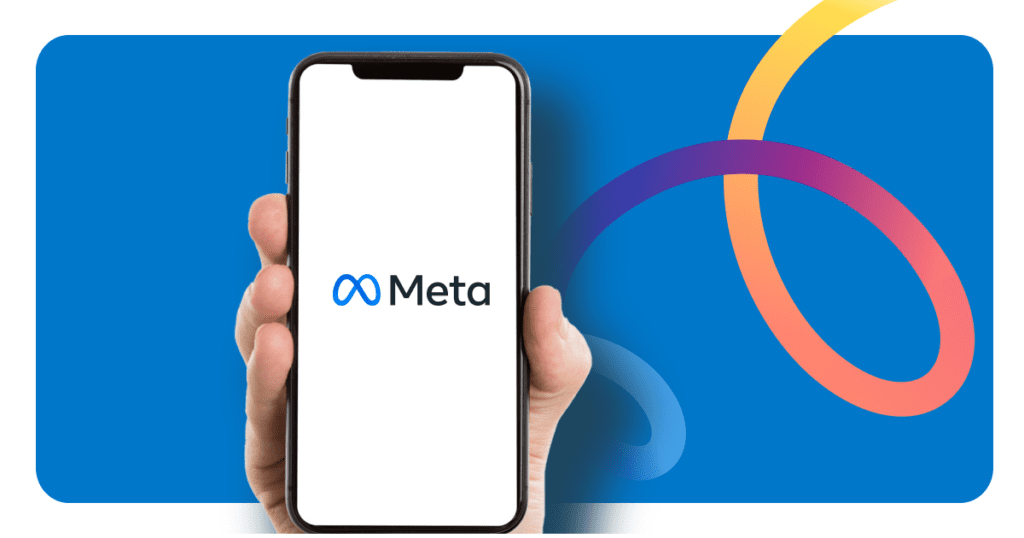In the competitive world of digital marketing, success depends on reaching the right audience at the right time with the right message. Two strategies that make this possible are targeting and retargeting. These techniques help advertisers focus their efforts on individuals most likely to engage with their products or services, thereby maximizing return on investment (ROI). Understanding how targeting and retargeting work—and how to use them effectively—can make all the difference in optimizing your ad performance.
Platforms such as Meta Ads have revolutionized digital advertising by allowing marketers to harness detailed user data for highly specific audience targeting. This enables businesses to reach potential customers based on interests, behavior, demographics, and even online activity. By combining this precision with smart retargeting tactics, marketers can re-engage users who have already shown interest, creating more meaningful customer journeys that drive conversions.
What Is Targeting in Digital Advertising?
Targeting refers to the process of defining and reaching a specific group of people who are most likely to be interested in your product or service. Instead of showing ads to a broad audience, advertisers use data to narrow down their focus based on factors such as age, location, gender, interests, online behavior, and more.
For example, a fitness apparel brand might target individuals aged 18–35 who follow health-related pages or search for workout routines online. This precise approach ensures that ad spend is directed toward users who are already inclined to engage, resulting in higher relevance and lower wasted budget.
Types of Targeting Strategies
- Demographic Targeting – Focuses on factors like age, gender, income, education, and occupation.
- Geographic Targeting – Targets users based on their physical location, such as cities, regions, or countries.
- Behavioral Targeting – Uses data on users’ online activity, such as search history, purchases, and website visits.
- Interest-Based Targeting – Identifies users based on hobbies, preferences, and pages they interact with.
- Contextual Targeting – Places ads on websites or content that align with your product category or industry.
By choosing the right combination of these strategies, advertisers can deliver personalized and relevant messages that resonate with their audience.
What Is Retargeting and Why Does It Matter?
Retargeting (or remarketing) is a strategy that focuses on users who have previously interacted with your brand but haven’t yet converted. These are people who visited your website, added items to their cart, or engaged with your content—but didn’t complete a desired action such as making a purchase or signing up.
Retargeting works by using browser cookies or tracking pixels to display ads to these users as they browse other websites or social media platforms. This gentle reminder keeps your brand top-of-mind, increasing the likelihood that the user will return and take the desired action.
How Retargeting Works
- A visitor lands on your website or app.
- Tracking technology captures information about their visit.
- When the visitor leaves, they start seeing your ads on other platforms.
- The user is reminded of your brand, prompting them to return and convert.
Retargeting is particularly effective because it focuses on warm leads—users who have already shown interest in your offering. Studies show that retargeted ads have higher click-through rates and conversion rates compared to standard display ads.
Combining Targeting and Retargeting for Maximum Impact
While targeting introduces your brand to new audiences, retargeting helps nurture those relationships and push potential customers further down the sales funnel. The best digital marketing strategies use both techniques together for a balanced approach.
For instance, you can start by targeting users based on demographics and interests to raise awareness. Once they visit your website or engage with your ad, retargeting can be used to remind them of your offer or highlight specific products they viewed. This combination builds familiarity and trust, leading to higher conversion rates over time.
Benefits of Effective Targeting and Retargeting
- Improved Ad Relevance – Ads are shown only to people likely to engage, resulting in higher quality leads.
- Higher Conversion Rates – Retargeted users are more likely to complete purchases or take desired actions.
- Cost Efficiency – Budget is spent strategically on audiences with proven interest or potential.
- Enhanced Customer Relationships – Retargeting keeps your brand visible, fostering long-term engagement.
- Better ROI Measurement – Data from both strategies allows marketers to refine and optimize campaigns continuously.
Key Best Practices
- Segment Your Audiences: Create multiple audience groups to deliver tailored messages.
- Use Dynamic Ads: Show users personalized content such as products they previously viewed.
- Set Frequency Caps: Avoid overwhelming users with too many ads by limiting ad impressions.
- Leverage Analytics: Monitor performance data to understand which targeting and retargeting tactics drive the best results.
- Test and Optimize: Continuously A/B test creatives, placements, and messaging to improve efficiency.
The Future of Targeting and Retargeting
As privacy regulations and user preferences evolve, marketers must adapt their strategies to remain effective while maintaining trust. The shift toward first-party data—information collected directly from your customers—will become increasingly important for accurate targeting. Additionally, artificial intelligence and machine learning will continue to enhance audience segmentation and predictive analytics, allowing for smarter, automated ad delivery.
Conclusion
Targeting and retargeting are powerful tools that enable businesses to deliver more personalized, efficient, and impactful digital advertising campaigns. By understanding audience behavior and using data-driven insights, marketers can reach the right people at every stage of the buying journey.
Platforms like Meta Ads make it possible to combine precision targeting with effective retargeting, ensuring your brand remains visible and relevant in an increasingly competitive online environment. When used strategically, these techniques not only improve ad performance but also strengthen customer relationships and long-term brand loyalty.

